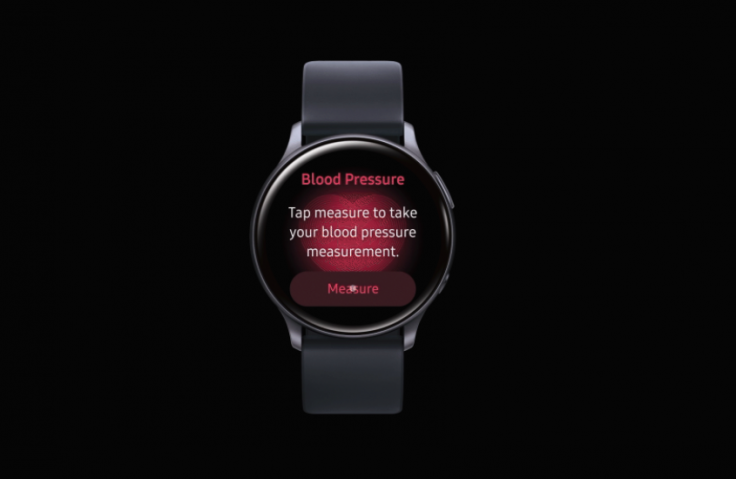The Galaxy Watch Active 2 is Samsung's most feature-packed smartwatch yet. It's packed with a host of features including activity tracking, ECG, heart rate monitoring, as well as sleep tracking.
Now, the company's latest smartwatch offering is receiving one more important health-tracking feature – blood pressure monitoring via a new app.
Blood pressure monitoring app

Samsung announced earlier today that the Samsung Health Monitor app has received clearance from South Korea's Ministry of Food and Drug Safety. The app syncs with the advanced sensor technology of the Galaxy Watch Active 2 smartwatch, allowing users to conveniently measure their blood pressure and is expected to arrive in the third quarter of 2020.
"Globally, high blood pressure is known to significantly increase your risk of brain, kidney and heart diseases, including stroke and coronary heart disease when not managed properly," the company said in its announcement.
"By helping users measure and track their blood pressure, the Samsung Health Monitor app gives people greater insight into their health and allows them to make more informed decisions, to lead healthier lives," it added.
How does it work?
According to the company, the smartwatch is calibrated with a traditional cuff that is used for measuring blood pressure, and all users have to do is tap the smartwatch while wearing it for reading.
The wearer's blood pressure is measured using pulse wave analysis derived from the device's heart rate monitoring sensors. The software then analyzes the data for any blood pressure changes as well as the calibration value to determine the blood pressure level. However, for accurate readings, users will be required to calibrate their device with the cuff at least once a month, Samsung noted in its announcement.
Ministry's app safety guidelines
The ministry noted that Samsung's blood pressure monitoring app met all the conditions of a conventional automated blood pressure meter. In February, the ministry made changes to its mobile app safety guidelines for medical usage to allow apps to be cleared separately from physical devices such as tablets and smartphones, according to ZDNet.
Since the changes, 35 apps for medical use have been cleared for over-the-counter sales. Most of these have been for CT and X-ray analysis.









